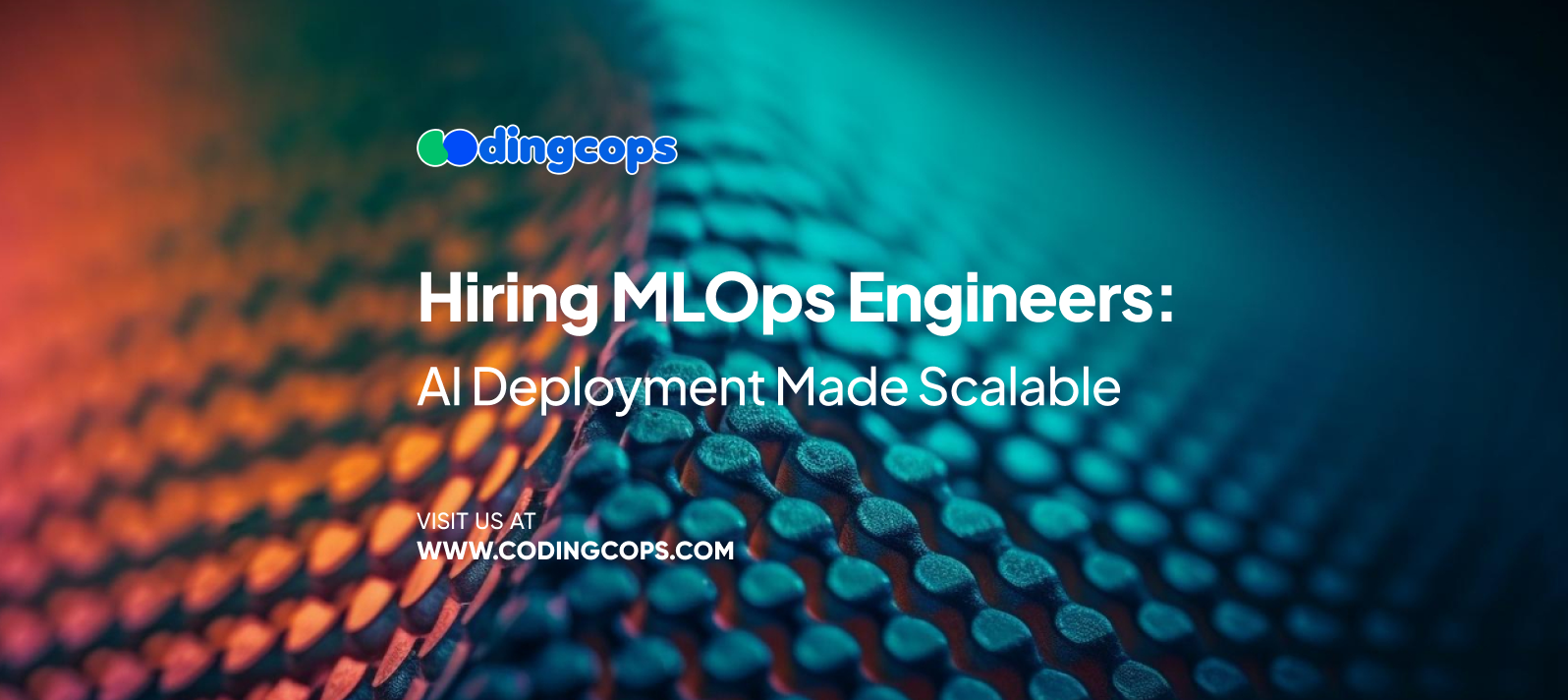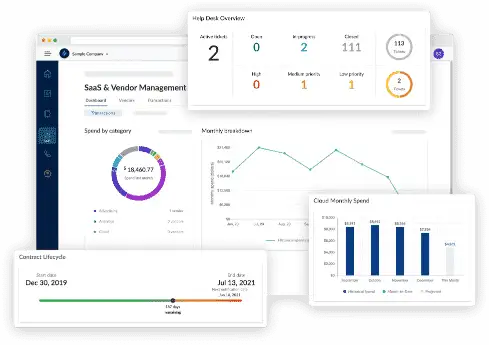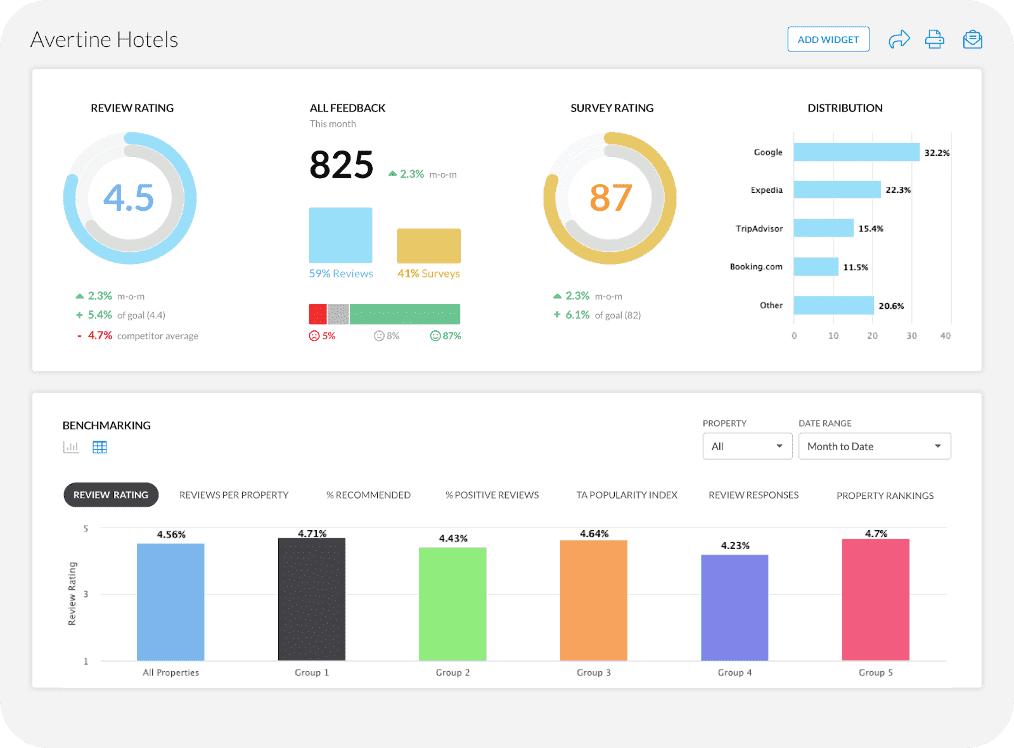Hello and welcome to another blog in our AI and ML series. Today, we will unfold what MLOps is all about and where it plays its role.
Since the days have passed when AI was considered a buzzword, now it has been integrated into many fields and businesses. From healthcare to finance, AI is driving innovation, automating processes, and bringing deep insights from large datasets that assist you in your work.
For your information, building a machine learning model or an AI model is easier. But the real struggle starts after making a model. You have to tackle the challenge of model scalability, performance maintenance, and continuous improvement of the model. That’s exactly the point where MLOps and MLOps engineers come into play.
Keeping things concise in the introduction, MLOps carries out the role of a bridge between data science and IT operations. It is a strategy that ensures to utilization of ML in a practical, scalable way where it is used in real-world applications.
Therefore, hiring MLOps engineers seems the right strategy for an organization looking to scale its AI business processes efficiently and sustainably.
Before we dive into the heart of our article, let’s go through some stats.
In 2025, the global MLOps market size was valued at $1.58 billion, which is projected to reach $2.33 billion by 2025. The given screenshot is from Google Trends that depicts the interest over time worldwide for MLOps. The interest trajectory in the graph shows the interest of the people who search for MLOps on Google.
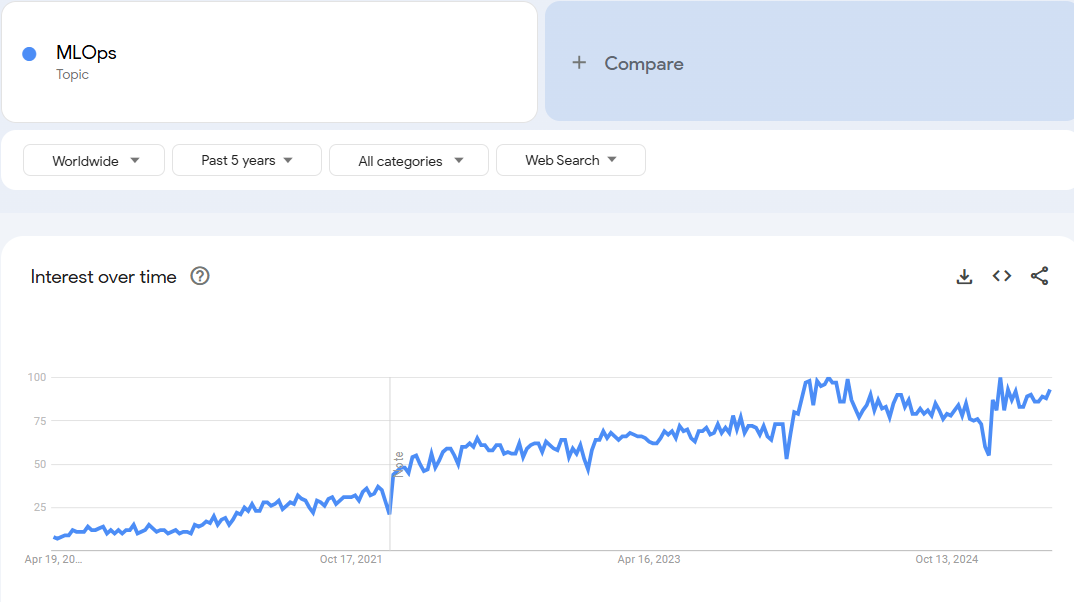
MLOps – An Introduction
MLOps is the short form of Machine Learning Operations. It refers to the process of building new machine learning and deep learning models that are more reliable, scalable, and easier to manage in production environments.
It is a complete practice that streamlines the entire machine learning lifecycle, from development to deployment and maintenance. It combines the principles of machine learning, DevOps, and data engineering for automating the possesses and completing the goal.
Need for MLOps

You must have heard that where there is a need, there is a way. The need for MLOps arose when the complexity of managing real-world applications increased. Let’s go through the reasons telling MLOps is not only beneficial but essential.
- Consistency and Reliability
Firstly, LOps ensures consistency and reliability by promoting standardization and reproducible workflows. Without MLOps, inconsistencies arise by deploying the same model across multiple environments.
- Faster Time to Market
Secondly, utilizing the MLOps techniques, such as automated pipelines and deployment strategies, reduces manual labor and errors. Hence, this enhances the development to deployment speed, leading to have faster time to market.
- Adaptability
Over time, the business needs to evolve, and surely does the data. With MLOps models, systems are updated regularly and reliably, ensuring adaptability.
- Monitoring and Compliance
Moreover, MLOps systems are capable of providing constant monitoring and a documentation process. This feature comes into play when regulatory compliance and data governance require constant monitoring and documentation.
- Cost-Effective Scaling
Lastly, when the data and model grow, it increases the cost. With MLOps, it helps manage resources optimally, saving money in the long run.
DevOps vs MLOps – The Difference
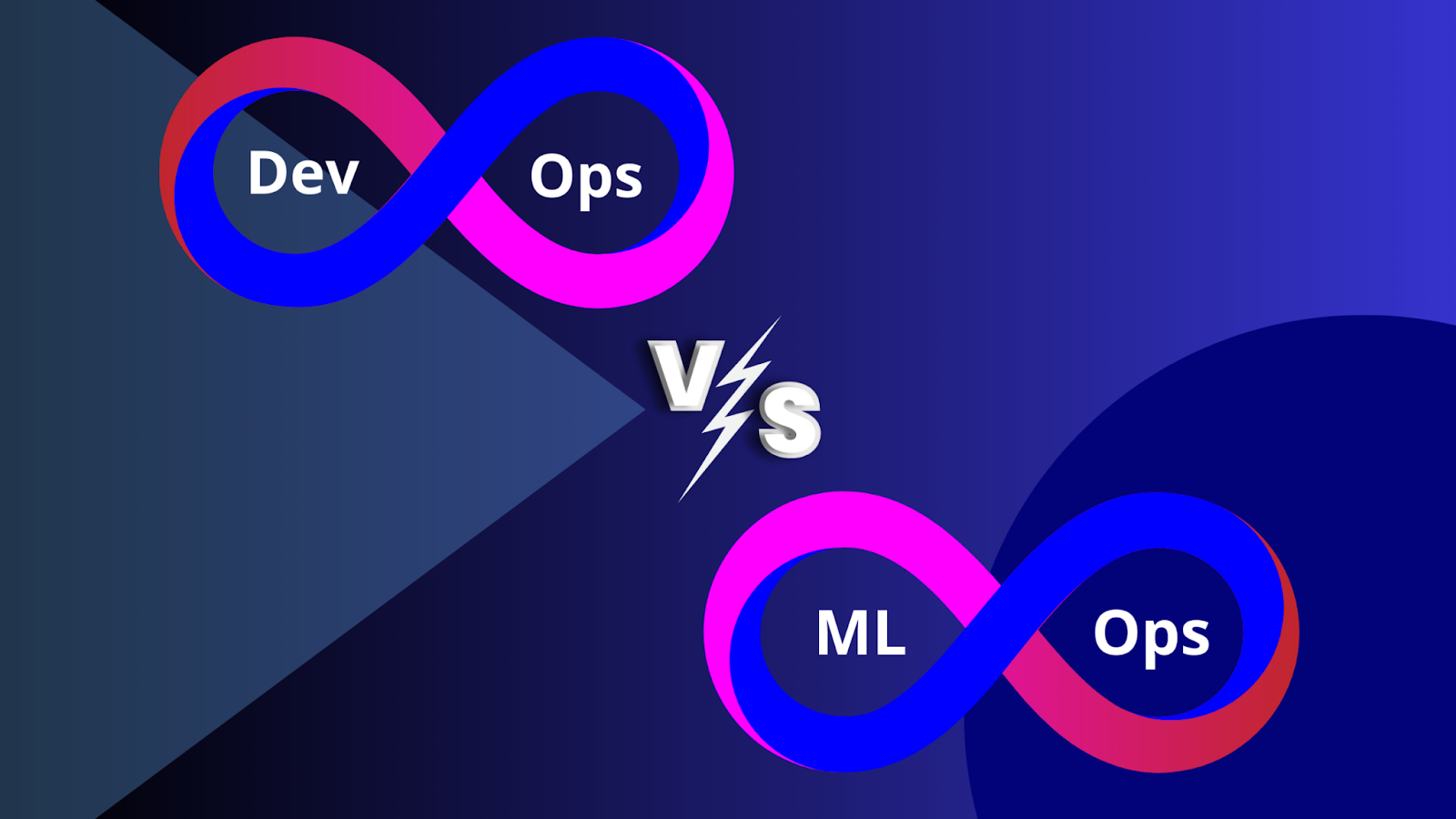
There’s no harm in saying that MLOps is inspired by DevOps. Moreover, both approaches share some similarities, too. However, their differences are greater compared to the similarities.
Let’s go through the differences between MLOps and DevOps.
| Aspect | DevOps | MLOps |
| Purpose | Software development & operations | Operationalizing ML workflows |
| Artifact Management | Application code | Code, data, models. |
| Pipeline Complexity | Often, a linear pipeline | Branched pipeline |
| Monitoring | Monitors the software application in production | Monitor ML models in production |
| Reproducibility | Replicates build or environment | Reproduce datasets, model versions, and experiments. |
| Roles and Responsibilities | Developers, system engineers, and quality engineers | Data scientists, ML experts, DevOps |
MLOps vs DevOps – Differences Explained
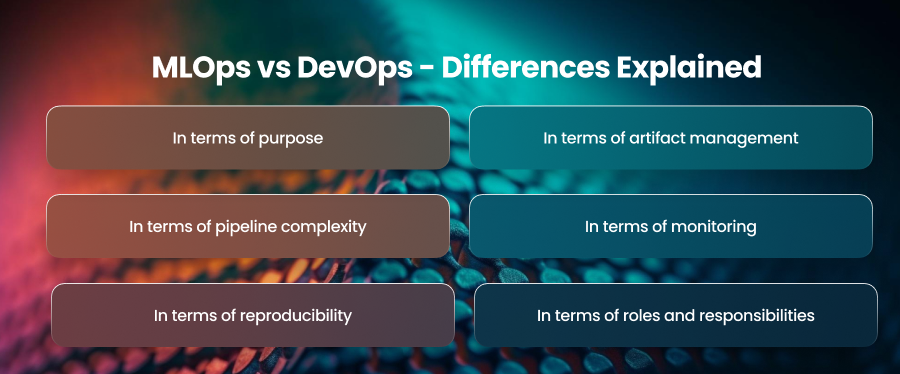
In terms of purpose
Firstly, the focus of DevOps is on traditional software development and IT operations. Whereas the focal point of MLOps is to solely handle ML workflows, which involve dynamic models and data-driven development.
In terms of artifact management
In DevOps, the artifact is the application code, while artifacts in MLOps are different. On the other hand, in MLOps, the artifacts are code, data, and model weights. All such artifacts need to evolve and need to be version-controlled.
In terms of pipeline complexity
The pipelines of DevOps are mostly linear. It follows the build, test, and deploy process. On the other hand, the pipelines for MLOps are complex, with branches for data preprocessing, model training, evaluation, and validation.
In terms of monitoring
The emphasis of DevOps is on monitoring the software application in production, while MLOps centralizes the monitoring of ML models in production.
In terms of reproducibility
In DevOps, reproducibility means replicating a build or environment. As far as MLOps is concerned, it means reproducing experiments, datasets, and training runs.
In terms of roles and responsibilities
Talking about the roles and responsibilities, the DevOps team consists of software developers, system engineers, and quality assurance engineers. Whereas the team of MLOps comprises data scientists, ML experts, and DevOps engineers.
The Importance of MLOps
With machine learning, you can do wonders. It is a technology that can be used to create solutions for various problems. Moreover, machine learning can make workflows more efficient, utilize data analytics for decision-making, and improve the customer experience.
Besides all this, machine learning experts understand that we can only get the best out of ML models by integrating a strong and solid framework with them. For this, MLOps combines the powers of ML and DevOps that automate the entire ML lifecycle.
Here are some perks organizations enjoy by bringing MLOps environments:
- Firstly, utilizing MLOps gives organizations a faster time to market for new ML models.
- Secondly, it improves the quality of ML models.
- Moreover, the combination of ML and DevOps increases the reliability of ML methods.
- Further, organizations enjoy reduced costs of ML operations.
- Additionally, it aligns the ML models with your business goals.
- Lastly, it meets the regulatory requirements.
Who Can Use MLOps?
There are no hard and fast rules about who can use MLOps and who can’t. From individuals to companies, small to large teams, and big enterprises, everyone can use this approach to accomplish their goals and objectives. It saves you time and money while assisting in making strategic and more agile decisions.
Additionally, businesses can even modify MLOps according to their requirements. They can try out various configurations and keep what works for them.
MLOps and Scalable AI Deployment – Role of MLOps
Let’s have a little glimpse of MLOps.
Undoubtedly, MLOPs are the powerhouse for the smooth and scalable deployment of AI models. It transforms an exceptional ML model from a data scientist’s notebook into a reliable, enterprise-grade solution, running in production.
For instance, a retail company wants to personalize recommendations for its millions of users. The data scientists build a top-notch recommendation model but without MLOps. That means there won’t be any automated pipelines, real-time monitoring, or scalable infrastructure. What will happen?
It won’t be practically possible to update the model regularly, handle huge traffic, or respond quickly to performance drops. Here, MLOps steps in, and that’s the power of it.
Now, let’s have a look at the role of MLOps in Scalable AI deployment.
- Automation: MLOps replaces the manual steps with automated pipelines. With this, the workload of humans and human error is reduced, leading to faster deployment.
- Continuous Integration/Delivery: The AI models are retrained, tested, and deployed automatically, ensuring they remain up-to-date.
- Version Control: With version control, each change in the code, data, and model is tracked, making it easy to reproduce.
- Monitoring & Alerts: Another way to make the AI models scalable is by incorporating real-time tracking of model performance. This ensures timely intervention if things are not going the right way.
- Resource Optimization: MLOps resource optimization allows you to distribute resources automatically, which minimizes costs while delivering excellent results.
Through its management of repetitive and complex deployment tasks, MLOps provides data scientists with time to concentrate on essential work.
Challenges of AI Deployment without MLOps
Deploying ML models without MLOps can be cumbersome and prove to be a bad choice. There won’t be any proper workflows, and the ML models will fail to give results according to expectations.
Here are some challenges you might face if not deploy MLOps with AI.
- Soiled Teams
- Manual Deployment
- No Monitoring
- Lack of Reproducibility
- Scalability Issues
Role of an MLOps Engineer
An MLOps engineer deals with MLOps matters and plays a key role in ensuring the smooth deployment and maintenance of ML models. They are a bridge between data science and production engineering.
Here’s what an MLOps engineer does:
- Build and maintain ML pipelines
- Automate workflows
- Manage infrastructure
- Implement monitoring tools
- Enforce compliance
The role of MLOps engineers is entirely different from data scientists. The focus of data scientists is on experimentation, while MLOps engineers put their efforts into production, ensuring they are scalable, secure, and continuously improving.
What Skills Should an MLOps Engineer Possess?
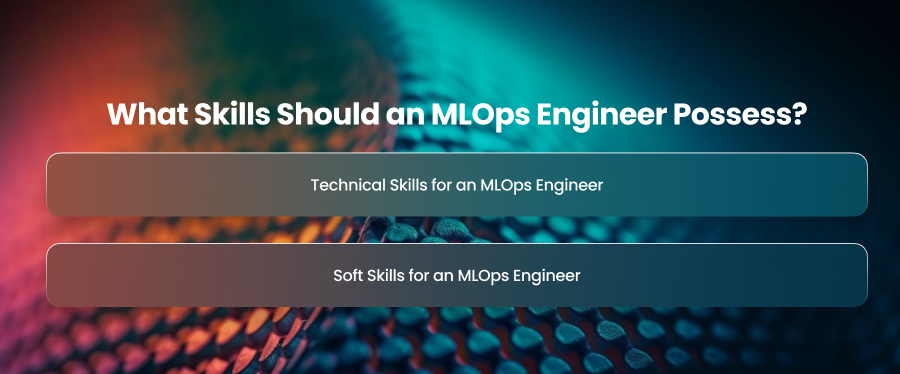
The MLOps engineer you hire must be skilled to tackle the modern issues in the ML models and have the urge to keep themselves updated with the latest trends and updates. Hence, hiring an ML engineer requires a combination of technical as well as soft skills.
- Technical Skills for an MLOps Engineer
Let’s have a look at the list of technical skills an MLOps engineer must possess.
- Expertise in popular ML frameworks such as TensorFlow, PyTorch, Scikit-Learn, etc.
- Familiarity with CI/CD pipelines
- Proficiency in containerization tools
- Hands-on experience with cloud platforms, like AWS, Azure, and Google Cloud.
- Familiarity with monitoring tools
- Soft Skills for an MLOps Engineer
- The developer must be capable of working in a collaborative environment.
- He must be a good problem solver.
- He must possess good communication skills.
- Must have a habit of documenting, such as workflows, pipelines, and changes.
Best Practices for Hiring MLOps Engineers
The recruitment of an ideal MLOps engineer requires professional expertise and knowledge of best practices that help hire the right candidate. Here are the guidelines:
- A perfect MLOps engineer candidate demonstrates experience in both ML and software development, combined with DevOps.
- Real-world assessments must be utilized as an evaluation tool. Give them the problems to solve or ask them to develop deployment pipelines.
- Engineers who specialize in cloud operations enable organizations to achieve flexibility and cost-efficient operations.
- Real-world test surpasses all other factors because they deliver the most valuable results.
- Engineers demonstrating the ability to work in cross-functional teams and grasp the entire project should be your priority.
Wrapping Up!
So, as we wrap up this article, you must have understood that the future is of MLOps. Organizations working with artificial intelligence must deploy and manage ML models using MLOps. For this, the role of MLOps engineers is decisive as they have the solution to merge data science, DevOps, and software engineering principles to build reliable and scalable AI systems.

